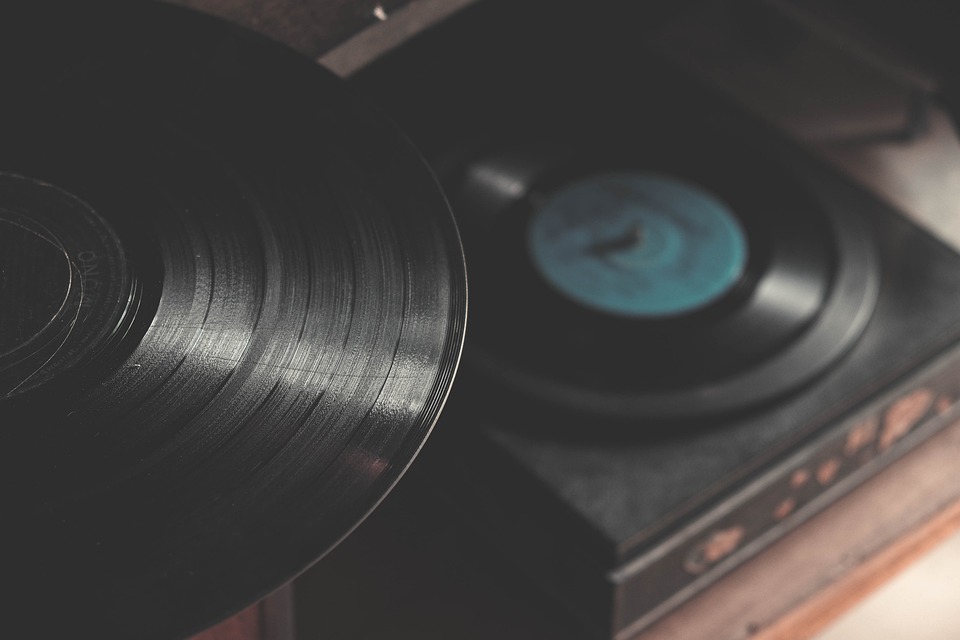The History of Harmonica Playing
The harmonica, also known as the mouth organ or French harp, is a small, handheld instrument that is played by blowing air through reeds to create musical tones. Its origins can be traced back to the early 19th century in Europe, where it was developed as a simple and portable instrument for playing folk music. The harmonica quickly gained popularity due to its ease of use and versatility, and it became a staple in many musical genres, from blues and country to rock and jazz.
Early Development
The modern harmonica is believed to have been invented in the early 1820s by Christian Friedrich Ludwig Buschmann, a German instrument maker. Buschmann’s design featured a series of metal reeds mounted on a small wooden frame, with holes that allowed the player to blow or draw air through the reeds to produce sound. This early version of the harmonica was known as the “aura” or “auraucaria,” and it quickly caught on among musicians and performers in Europe.
Harmonica in America
In the mid-19th century, German immigrants brought the harmonica to America, where it was embraced by musicians in a variety of musical styles. By the late 1800s, the harmonica had become a popular instrument in African American communities, particularly in the deep South, where it was used to play blues and folk music. The harmonica’s simple design and portability made it a perfect instrument for traveling musicians, who could easily carry it with them as they moved from town to town.
The Evolution of Harmonica Playing
Over the years, the harmonica has evolved from a simple folk instrument to a versatile and dynamic tool for musicians in a wide range of genres. Today, harmonica players can be found in rock bands, jazz ensembles, blues clubs, and even symphony orchestras. The instrument has been adapted and modified in countless ways, with specialized tunings, custom reeds, and even electronic effects to enhance its sound.
Blues Harmonica
One of the most iconic uses of the harmonica is in blues music, where it has become synonymous with the soulful sound of the Delta. Early blues musicians like Sonny Terry and Little Walter revolutionized the way the harmonica was played, by using techniques like bending notes and tongue-blocking to create a raw, emotional sound. Today, blues harmonica players like Charlie Musselwhite and Paul Butterfield continue to push the boundaries of what the instrument can do, with electrifying solos and intricate melodies.
Jazz Harmonica
In the realm of jazz music, the harmonica has also found a home, with players like Toots Thielemans and Stevie Wonder using the instrument to add a unique voice to traditional jazz ensembles. Jazz harmonica players often use advanced techniques like overblowing and double-stops to create complex melodies and solos that rival those of any saxophonist or trumpeter. The harmonica’s ability to bend notes and play in multiple keys has made it a favorite among jazz musicians looking to add a touch of blues or folk to their sound.
Rock Harmonica
The harmonica has also made its mark on the world of rock and roll, with legendary players like John Popper of Blues Traveler and Mick Jagger of The Rolling Stones using the instrument to add a gritty, bluesy edge to their music. Rock harmonica players often use amplified harmonicas and special effects pedals to create a larger-than-life sound that can cut through even the loudest guitars and drums. The harmonica’s versatility and raucous tone have made it a favorite among rock musicians looking to inject a bit of rootsy energy into their music.
Conclusion
The harmonica has come a long way since its humble beginnings as a simple folk instrument. Today, it is a versatile and dynamic tool for musicians in a wide range of genres, from blues and jazz to rock and country. With its distinctive sound and soulful expression, the harmonica continues to captivate audiences around the world and inspire new generations of musicians to pick up this iconic instrument. Whether played on street corners, in smoky blues clubs, or on stadium stages, the harmonica remains a powerful and emotive force in the world of music.

Leave a Reply